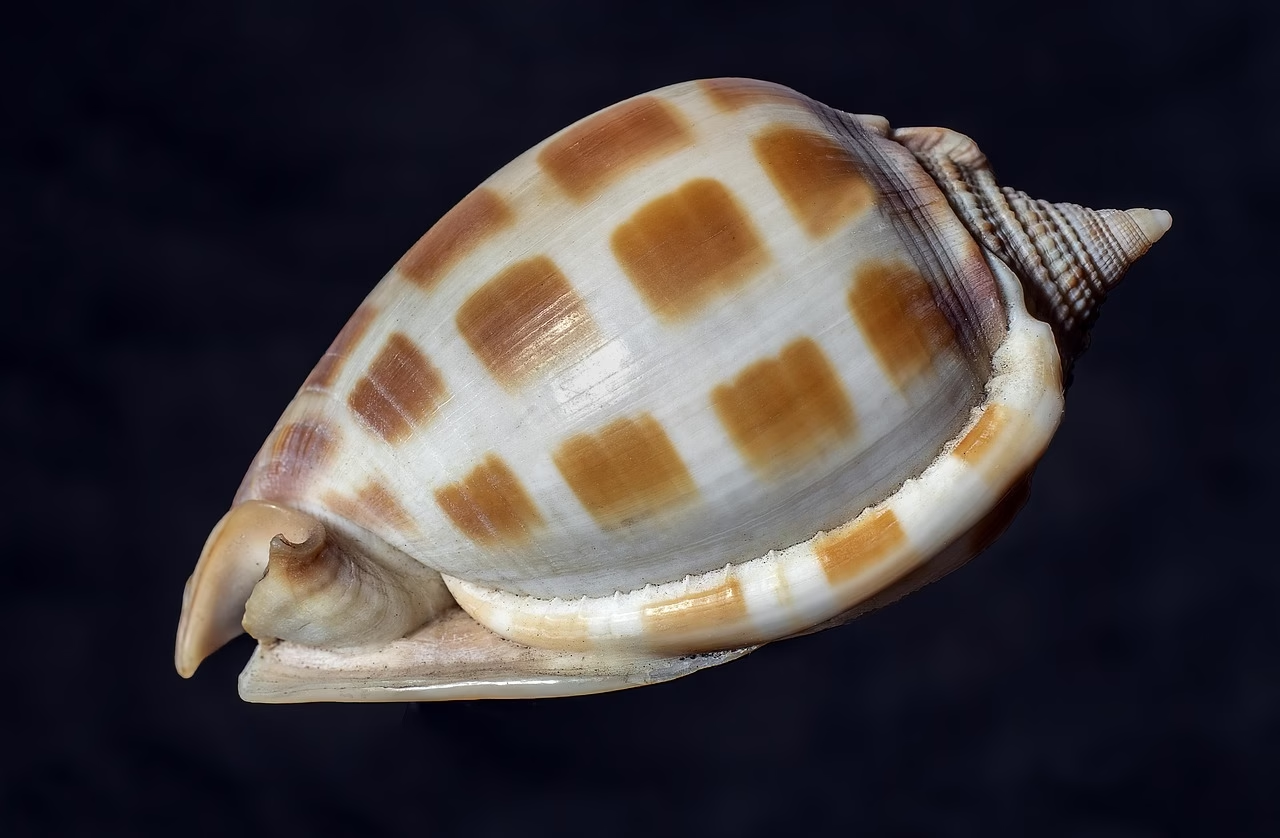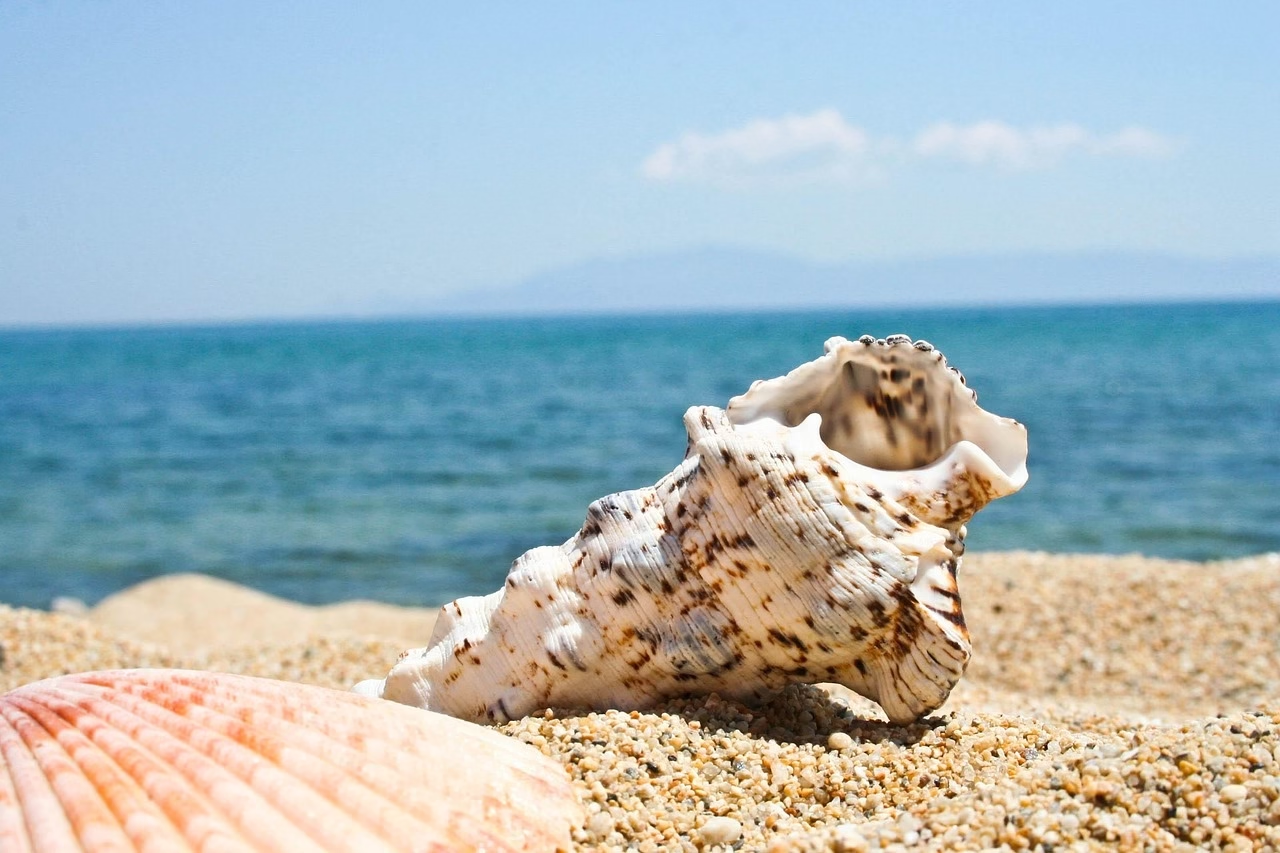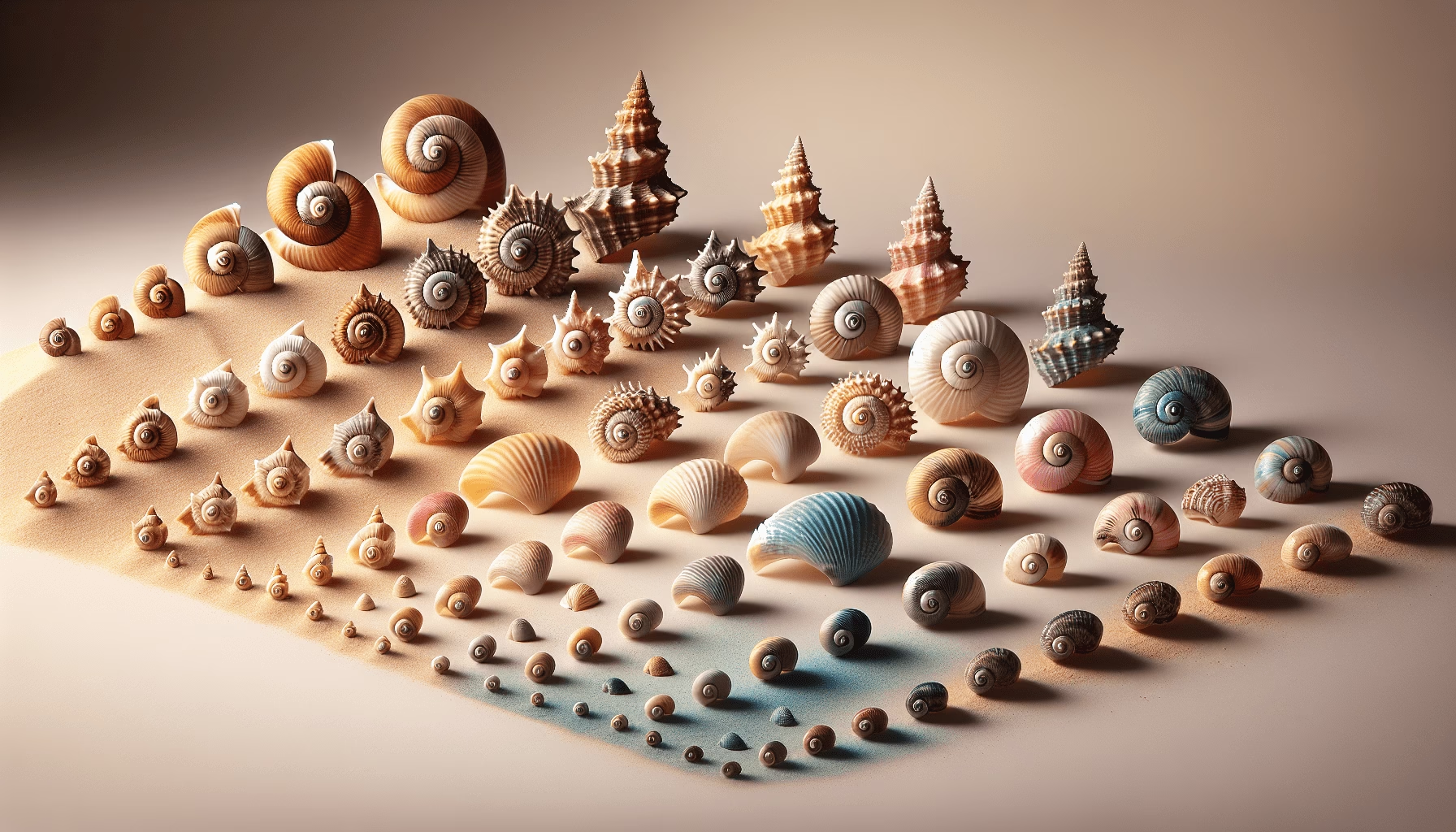Why do people collect seashells, and what drives their desire to meticulously organize them? In the realm of scientific shell collection, organization is not merely a hobby—it’s a practice steeped in cultural, historical, and scientific significance. People have been gathering shells from the seashore for centuries, captivated by their intricate designs, vibrant colors, and the stories each one holds about the enclosed marine life. This article will provide an exhaustive guide to organizing shell collections with scientific precision. It will delve into historical contexts, offer key principles for proper cataloging and organizing, and present a detailed methodology for managing your collection effectively.

Table of Contents
Historical and Cultural Significance of Shell Collection
Shell collection has a long and storied past, one that intertwines with humanity’s fascination with the ocean. From the earliest days, shells have been used as currency, jewelry, and in ceremonial objects. Back in the early 20th century, amateur naturalists and professional scientists alike scoured beaches to collect shells for personal or institutional collections. During the Victorian era, shell collecting became a popular pastime among the gentry, while in World War II, collectors were drawn more to the scientific aspects of malacology—the study of mollusks. Today, with increased environmental awareness, collecting shells has taken a more conservation-minded approach, focusing less on sheer numbers and more on the scientific understanding of marine ecosystems.
The Rise of Scientific Malacology
The field of malacology has grown tremendously, offering insights into the biology, ecology, and evolution of mollusks. A pivotal point in this journey was the development of taxonomy—the classification of organisms—which allowed malacologists to categorize and understand various shell species. This scientific method of collecting has led to a more structured approach where every shell tells a unique story about its ecosystem.
Key Concepts in Scientific Shell Collection
Understanding the principles that govern scientific shell collection is essential for any enthusiast. It’s not just about picking the most visually pleasing shells but considering their scientific value and the ethical implications of their collection.
Ethics of Shell Collection
Before setting out on any shell-collecting expedition, one must consider the ethical aspects. Collectors should prioritize shells that have been naturally washed ashore, rather than disturbing living creatures. In several regions, regulations protect certain species of mollusks, and collectors are required to adhere strictly to these rules. Only by respecting these guidelines can collectors ensure the sustainability of shell ecosystems.
Importance of Documentation
An organized collection begins with meticulous documentation. This step is vital as it allows collectors to track the origin of each shell, thereby providing crucial data that could contribute to broader scientific studies. Documentation should include the date, location, and environmental conditions at the time of collection.

Step-by-Step Guide to Organizing Shell Collections
Whether you’re a beginner or a seasoned collector, taking a methodical approach to shell organization can enhance both the aesthetic appeal of your collection and its scientific value.
1. Initial Assessment and Sorting
Begin by examining your collection. Categorize shells based on basic characteristics, such as size, color, and type. Sorting shells into groups, such as gastropods, bivalves, and cephalopods, will make subsequent classification easier.
2. Cleaning and Preservation
Proper cleaning and preservation are crucial to maintaining the integrity and appearance of shells. Use a soft brush or toothbrush to remove any sand or debris. Delicate shells may require a gentle soak in soapy water. Once cleaned, ensure that the shells are completely dry to prevent mold growth.
3. Detailed Classification
Classification involves identifying each shell to the most precise level possible—down to species if possible. This might require consulting identification guides or online databases. Note the distinctive features of each shell variety, such as the shape, patterns, and structural details, for accurate identification.
4. Creating a Catalog System
An efficient cataloging system is vital for managing a large collection. Number each shell and record its details in a logbook or digital database, including its scientific name, collection site, and any unique observations. Digital systems allow for easier data manipulation, such as sorting and searching by various parameters.
Example Catalog Entry
| Shell ID | Scientific Name | Collection Site | Date Collected | Notes |
|---|---|---|---|---|
| 001 | Patella vulgata | Shell Beach | 2023-04-15 | Edges chipped |
| 002 | Donax variabilis | Clearwater Bay | 2023-05-10 | Unusual color pattern |
5. Storage Solutions
Once cataloged, proper storage is essential to protect your shells. Acid-free boxes or drawer units can prevent damage such as discoloration. Transparent containers may help in easy identification, but ensure they are sealed to keep out dust and humidity.
Storage Tips
- Use padding for fragile shells
- Keep storage spaces dry
- Maintain a consistent temperature
Visual Aids and Technology
Incorporating visual aids can significantly enhance the organization of a shell collection. Photos, sketches, and digital imagery can provide valuable supplemental information.
Utilizing Technology
Digital photography allows collectors to record high-resolution images of shells, highlighting minute details that are crucial for accurate identification and classification. Furthermore, using apps or software for cataloging can enhance accessibility and data organization. Advanced collectors might even employ 3D scanning techniques to create digital models of unique shell specimens.

Case Studies and Practical Applications
Exploring real-world case studies can illustrate the success of strategic shell collection and organization. Such examples reveal how scientific collections contribute to research, conservation efforts, and education.
Example: The Bailey-Matthews National Shell Museum
The Bailey-Matthews National Shell Museum, located in Sanibel Island, Florida, is a world-renowned institution dedicated to the scientific study of shells and mollusks. Their extensive, well-organized collection supports research and public education by showcasing species from around the globe and their role in various ecosystems.
Educational and Research Implications
An organized shell collection serves as an invaluable resource for education and research. In academic settings, these collections help in the study of biodiversity, marine biology, and environmental science. Museum exhibits based on such collections frequently inspire public interest and awareness regarding marine conservation.
Conclusion
Scientific shell collection organization is an enriching pursuit that combines the thrill of discovering nature’s wonders with the rigor of scientific inquiry. From appreciating the shell’s aesthetic beauty to understanding its role in the marine ecosystem, each step in organizing a collection is one of purpose and precision. Whether you’re motivated by hobbyist enthusiasm or scientific curiosity, this complete guide will serve as an essential resource, blending historical context, ethical considerations, and practical methodologies to inspire a deeper connection with the natural world.

A one-of-a-kind shell collection
Mastering Movie Prop Authentication Techniques: A Professional’s Guide

